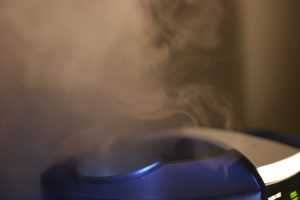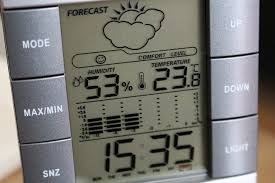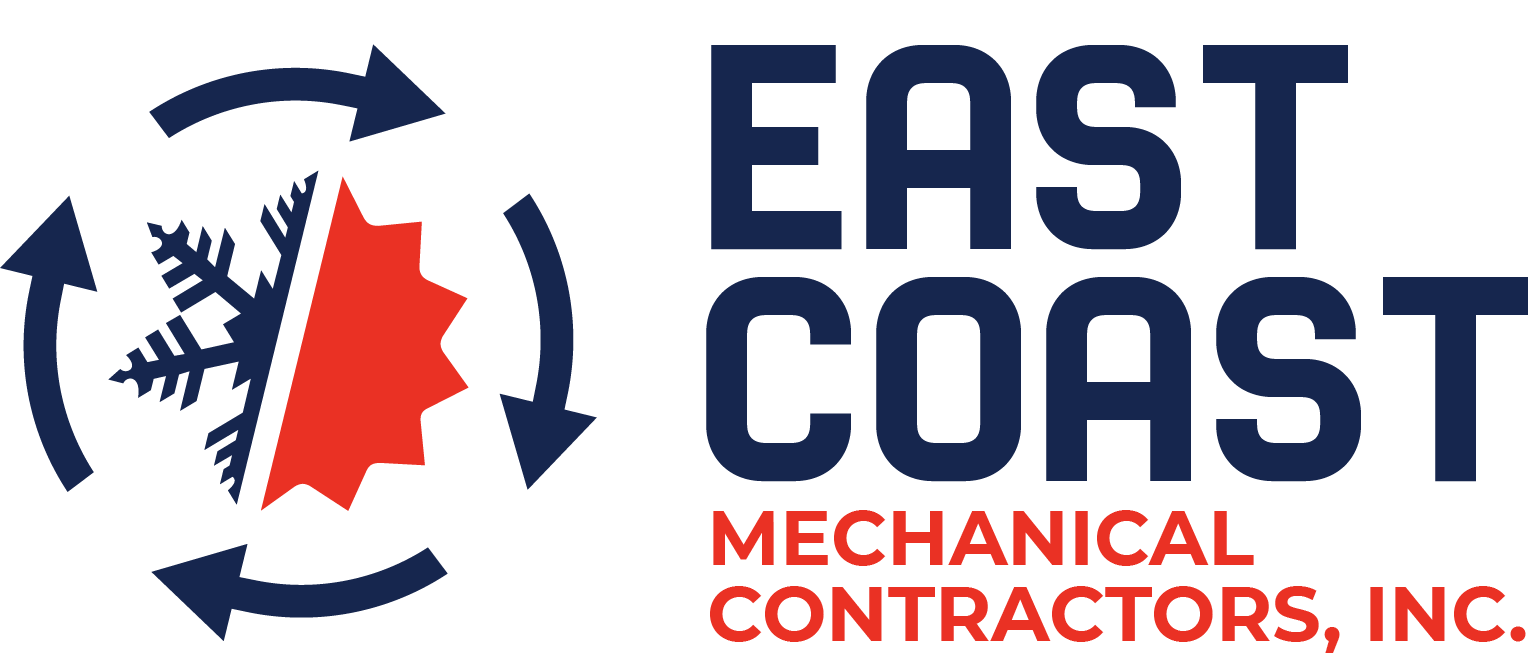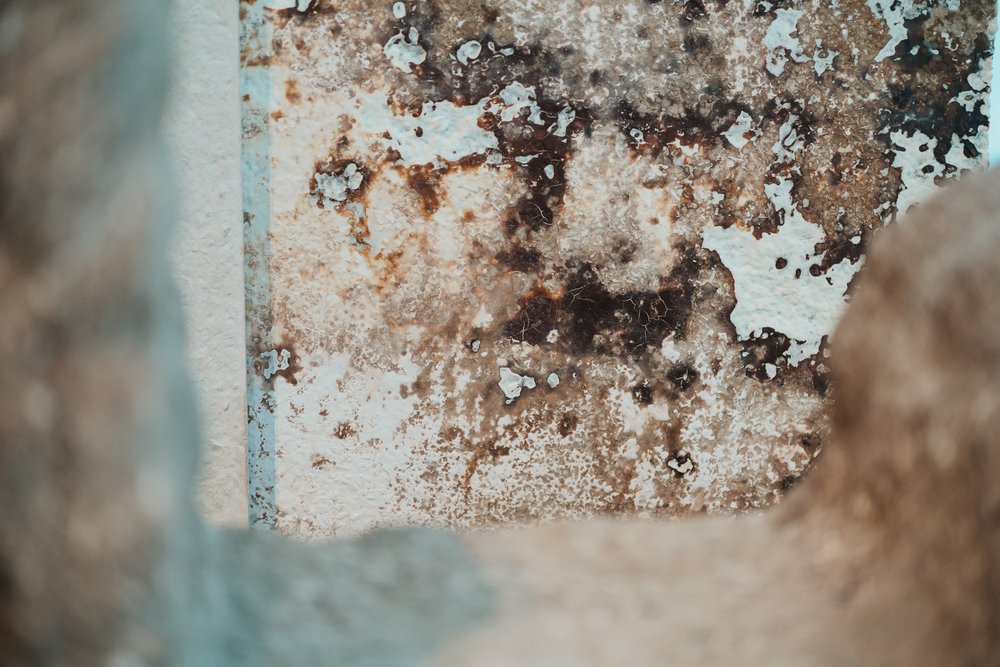Mold growth is a frequent issue in both residential and commercial spaces, often stemming from excessive indoor humidity. When moisture levels rise, mold spores find the perfect conditions to flourish, leading to health concerns and potential structural damage. Fortunately, an efficient HVAC (Heating, Ventilation, and Air Conditioning) system helps regulate humidity, creating a healthier and more comfortable indoor environment.
This guide explains how your HVAC system can control moisture, why maintenance is essential, and additional proactive measures to keep mold at bay.
Understanding Humidity and Its Impact
What is Humidity? 
Humidity represents the amount of moisture in the air and is measured as relative humidity (RH). This percentage shows how much water vapor is present compared to the air’s maximum capacity. For ideal indoor conditions, humidity should remain between 30% and 50%. Anything higher increases the risk of mold and discomfort, whereas lower humidity can cause dryness and irritation.
The Connection Between High Humidity and Mold
When humidity levels exceed 60%, condensation starts forming on surfaces, creating ideal conditions for mold growth. Mold spores naturally exist in the air, but they need moisture to develop into visible colonies. Excess humidity leads to several issues:
- Health Concerns: Mold exposure can trigger allergies, respiratory issues, and worsen asthma symptoms.
- Structural Problems: Excess moisture can warp wood, cause paint to peel, and weaken drywall.
- Persistent Odors: Mold growth often results in an unpleasant musty smell.
By maintaining balanced indoor humidity, these risks can be significantly reduced.
How Your HVAC System Helps Control Humidity
Optimized Ventilation
Proper ventilation helps circulate air throughout your space, preventing moisture buildup in humid areas like kitchens, bathrooms, and basements. With an efficient HVAC system, air keeps moving, reducing stagnant moisture that promotes mold.
Tip: Keep vents and registers clear of obstructions to allow steady airflow.
Dehumidification Features
Many HVAC systems are equipped with built-in dehumidifiers that extract excess moisture. If your unit doesn’t include this feature, a standalone dehumidifier can provide additional support.
Tip: Set your dehumidifier to maintain indoor humidity levels between 30% and 50% for optimal comfort.
Air Conditioning’s Role
Air conditioners naturally reduce humidity by cooling warm air and extracting moisture. As humid air passes over the AC coils, condensation forms, and the collected moisture is drained away.
Tip: Ensure your AC unit is appropriately sized for your space to maximize efficiency.
Routine HVAC Maintenance
Regular maintenance is essential to keep your HVAC system operating efficiently and preventing humidity-related issues. Important tasks include:
- Changing Air Filters Frequently: Clogged filters restrict airflow, increasing moisture buildup.
- Cleaning Air Ducts: Dust and debris can trap moisture and spread mold spores.
- Inspecting Drain Pans and Condensate Lines: Blockages can cause water to accumulate and raise humidity levels.
- Scheduling Professional Tune-ups: Annual HVAC inspections help detect and address potential problems early.
Benefits of Maintaining Proper Humidity Levels
Maintaining optimal humidity levels offers numerous advantages, including:
- Healthier Indoor Air: Reducing moisture helps minimize allergens and airborne mold spores.
- Enhanced Comfort: Balanced humidity makes indoor spaces feel more comfortable year-round.
- Prevention of Structural Damage: Protects furniture, flooring, and building materials from moisture-related harm.
- Improved Energy Efficiency: Optimized humidity levels reduce the strain on HVAC systems, lowering energy bills.
- Elimination of Musty Odors: Keeps your indoor space fresh and free from mold-related smells.
Additional Mold Prevention Strategies
Use Exhaust Fans
High-moisture areas like bathrooms and kitchens benefit from exhaust fans that help expel humid air and prevent condensation.
Tip: Run exhaust fans for at least 15 minutes after showering or cooking.
Improve Insulation
Proper insulation minimizes temperature fluctuations, reducing condensation on walls and windows.
Tip: Pay special attention to basements, attics, and crawl spaces, as they are prone to excess moisture.
Fix Leaks Promptly
Leaks from plumbing, roofs, or windows can increase humidity and lead to mold growth. Regularly inspecting these areas and making immediate repairs is crucial.
Tip: Apply mold-resistant caulking in high-moisture zones like bathrooms and kitchens.
Monitor Humidity Levels
Using a hygrometer helps track humidity, ensuring it remains within the recommended range.
Tip: If levels exceed 60%, take immediate action, such as using dehumidifiers or increasing ventilation.
Choose Mold-Resistant Materials
When renovating or upgrading, selecting mold-resistant drywall, paint, and flooring reduces mold risks.
Tip: Consider installing moisture-resistant insulation and vapor barriers in humid-prone areas.
East Coast Mechanical – Your Partner in Humidity Control
East Coast Mechanical specializes in providing tailored HVAC solutions to enhance indoor air quality and humidity control. Our experienced professionals ensure your system is optimized to prevent mold and maintain comfortable conditions.
Why Choose Us?
✅ Over 30 years of HVAC industry experience
✅ Expert installation, repair, and maintenance services
✅ A family-owned, customer-focused business
✅ Free consultations and cost estimates
📍 Location: 5079 W Hurley Pond Rd #A, Wall Township, NJ 07727
📞 Phone: 732-751-8877
📧 Email: ecmcecmc@aol.com
🌐 Website: https://ecmchvac.com/
By keeping your HVAC system well-maintained and following these best practices, you can do humidity control, prevent mold growth and create a healthier indoor space. Don’t let high humidity compromise your comfort—reach out to East Coast Mechanical for expert HVAC solutions today!

